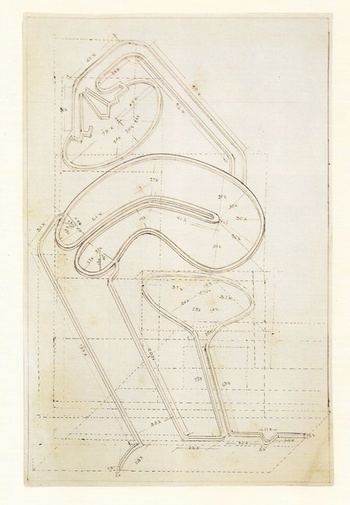Name Teresa Burga | Role Multimedia artist | |
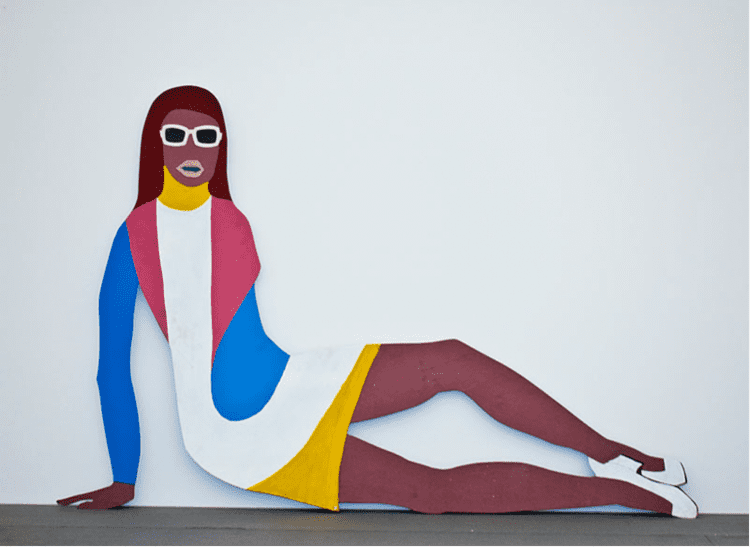 | ||
Teresa burga estructuras de aire
Teresa Burga (born 1935) is a multimedia artist whose conceptualist pieces from the late 1960s and 1970s position her as a precursor of media art, technology-based art, and installation art in Peru.
Contents
- Teresa burga estructuras de aire
- Conversatorio con teresa burga algunos ejemplos de estructuras posibles
- Early life and education
- Career
- Major works
- References

Conversatorio con teresa burga algunos ejemplos de estructuras posibles
Early life and education
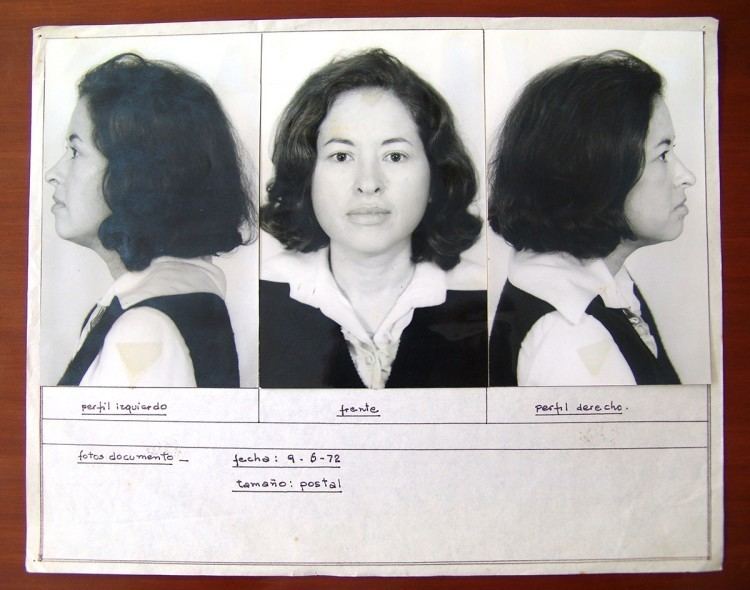
Burga was born in Iquitos, Peru.
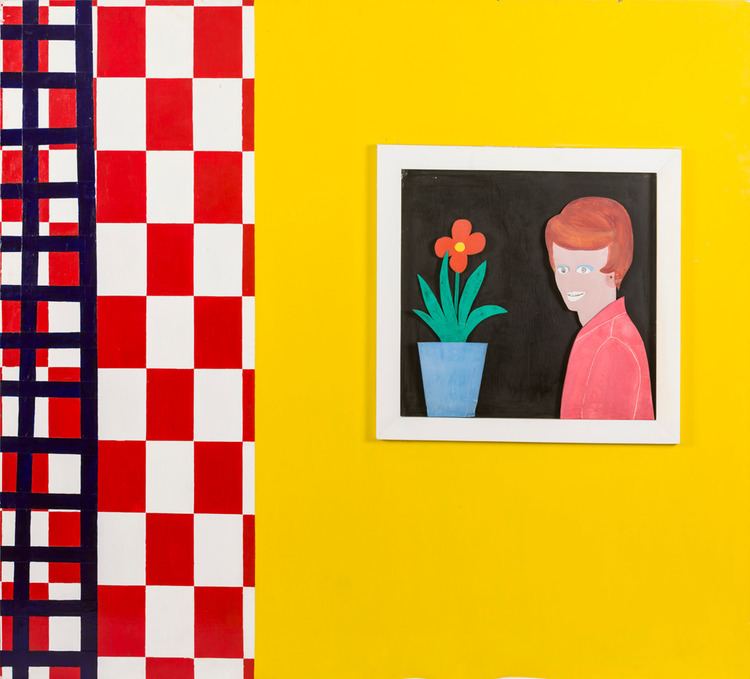
Burga studied painting at the Pontifical Catholic University of Peru, from which she graduated in 1965. As a Fulbright Fellow, she attended the School of the Art Institute of Chicago between 1968 and 1970. She was awarded an MFA degree in 1970. [1]
Career
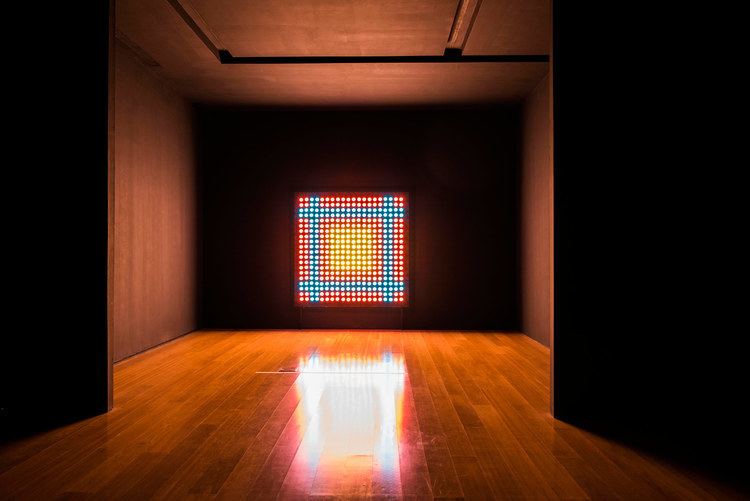
In the 1960s, Burga was a member of the group Arte Nuevo (1966–1968), along with Luis Arias Vera, Gloria Gómez-Sánchez, Jaime Dávila, Víctor Delfín, Emilio Hernández Saavedra, José Tang, Armando Varela, and Luis Zevallos Hetzel. The group is widely credited with the introduction of the new avant-garde tendencies in the Peruvian context, such as Pop art, Op art, and happenings. During this time, she exhibited in Peru and Argentina, including two solo shows of her series of prints Lima imaginada in Lima, at the gallery Cultura y Libertad in 1965, and in Buenos Aires, at the gallery Siglo XXI in 1966. When Burga returned to Peru after her studies in Chicago, the country was under the military government of general Juan Velasco Alvarado. Under the populist policies of the regime, Burga's experimental proposals were deemed as not possessing enough "Peruvian character," and the artist's exhibition possibilities—severely limited. Nonetheless, she realized two ambitious, large-scale multimedia installations at the gallery of Instituto Cultural Peruano Norte-americano in Lima: Autorretrato. Estructura-Informe 9.6.72 (Self-portrait. Structure-report) in 1972, and Cuatro mensajes (Four messages), in 1974.
Major works
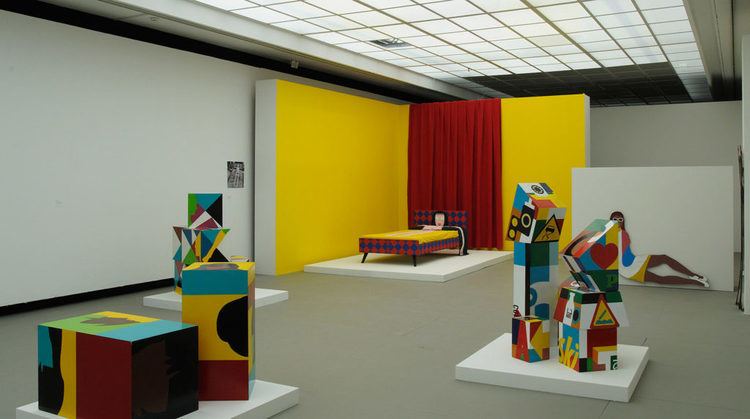
According to the Mexican curator Tatiana Cuevas, Burga's most iconic work is the project Perfil de la mujer peruana (Profile of the Peruvian Woman), created with psychologist Marie-France Cathelat during 1980–1981. This multidisciplinary investigation sought to analyze the status of women in Peru taking into account their affective, psychological, sexual, social, educational, cultural, linguistic, religious, professional, economic, political, and legal characteristics and circumstances, and is an example of the second-wave feminism in Latin America. The project was originally presented in 1981 during the I Coloquio de Arte No-Objetual y Arte Urbano (1st Symposium of Non-Objectual and Urban Art) at the Museo de Arte Moderno in Medellín, Colombia; months later it was shown in an exhibition at the Banco Continental in Lima, Peru; by the end of that same year, the full investigation came together as a published book.
